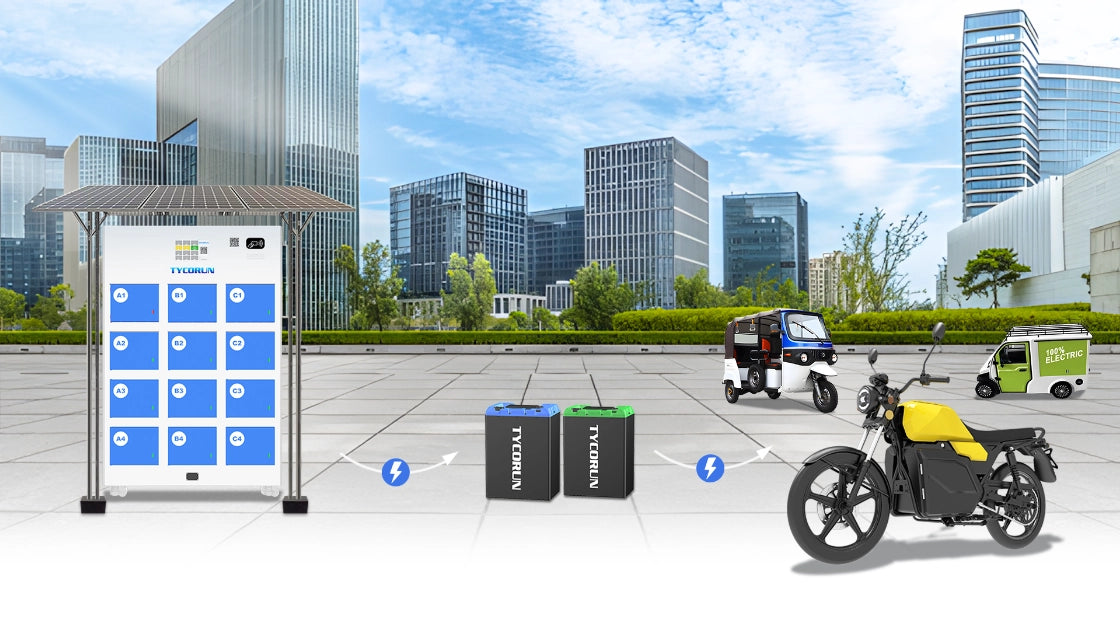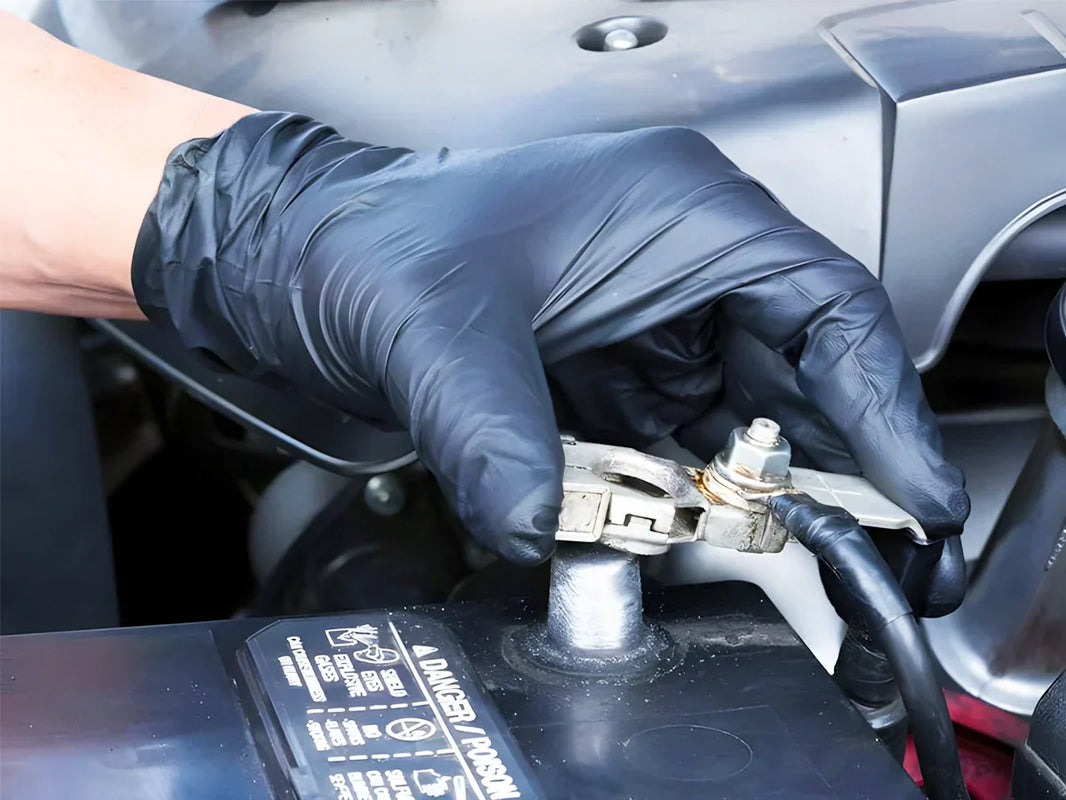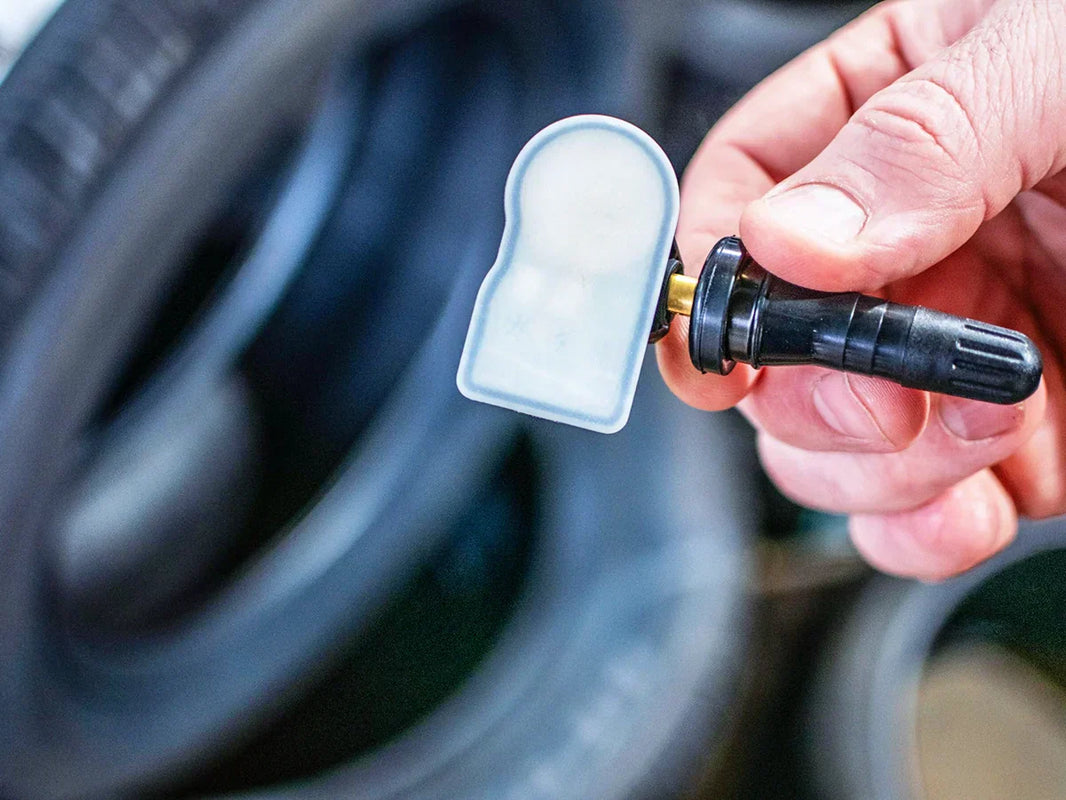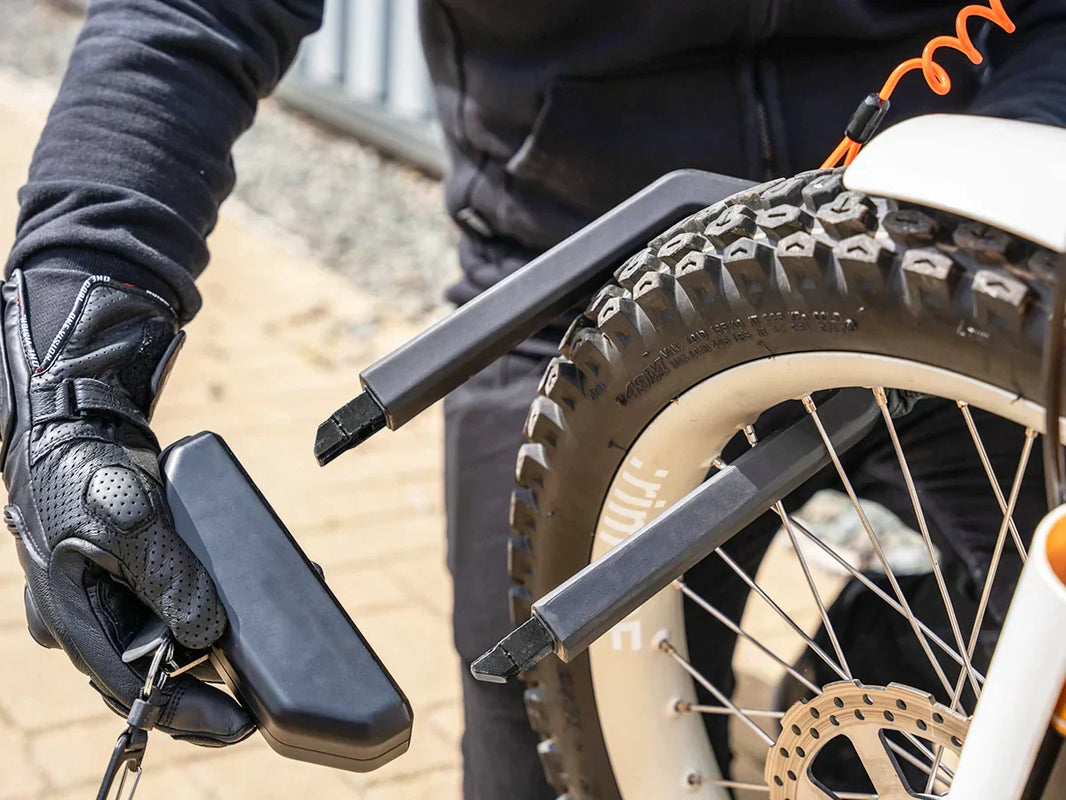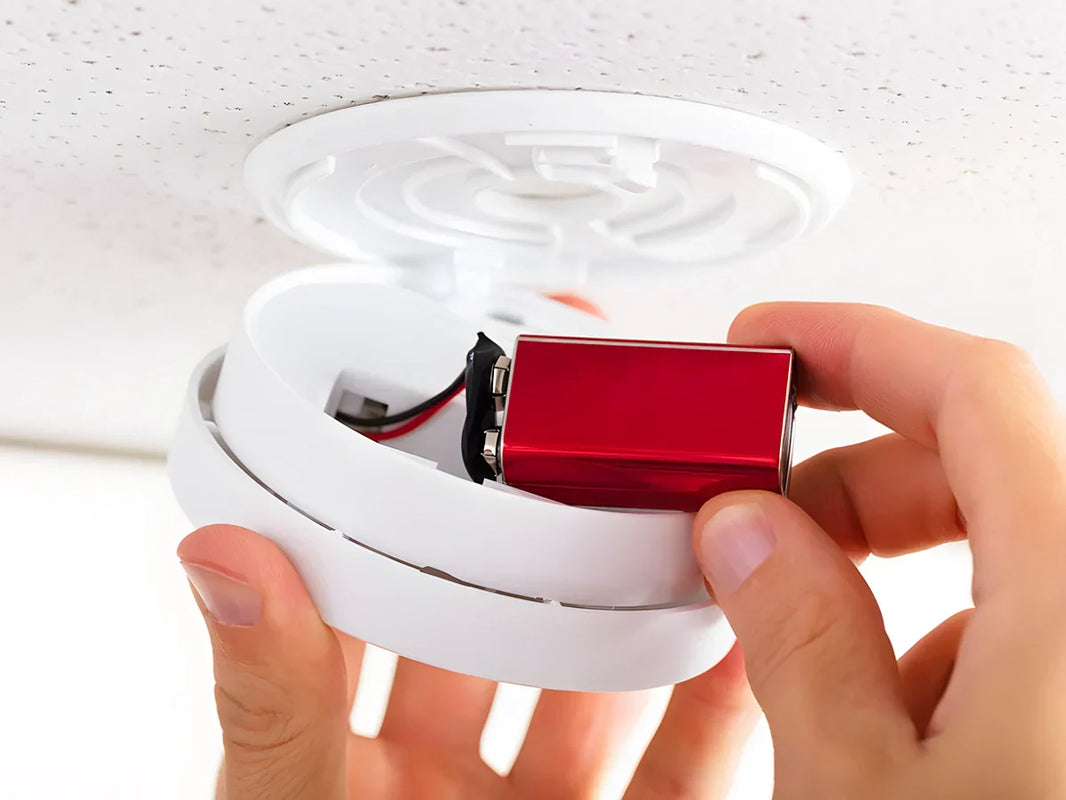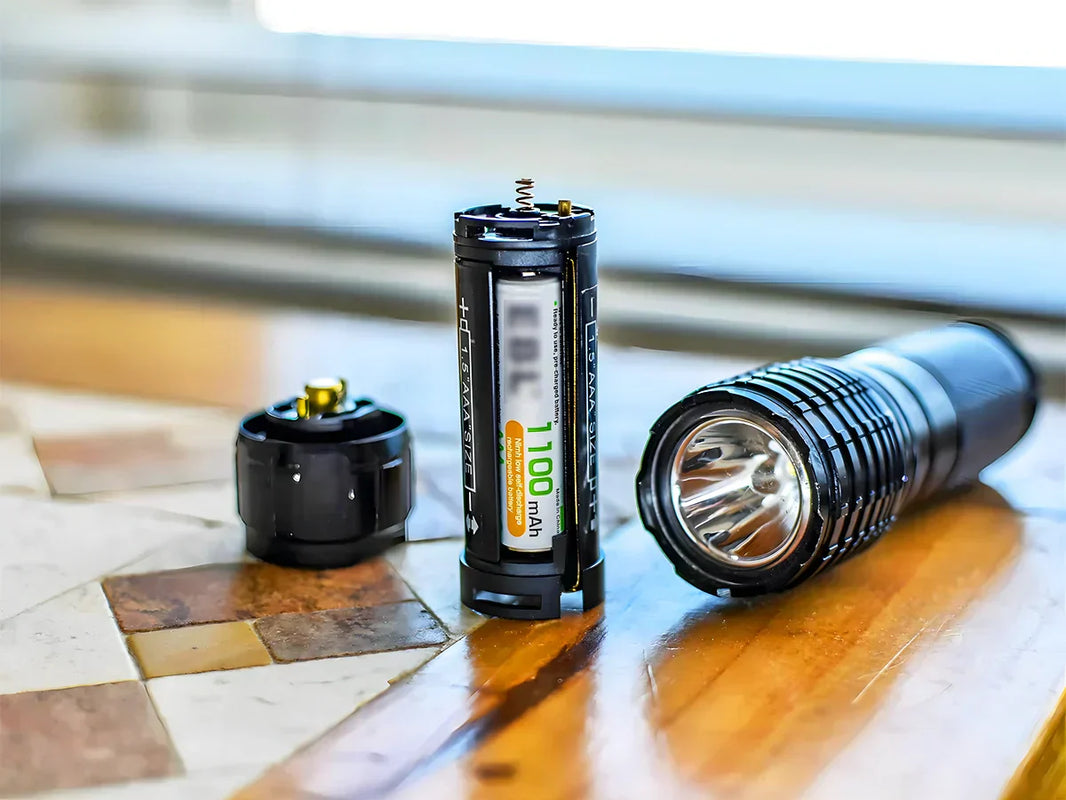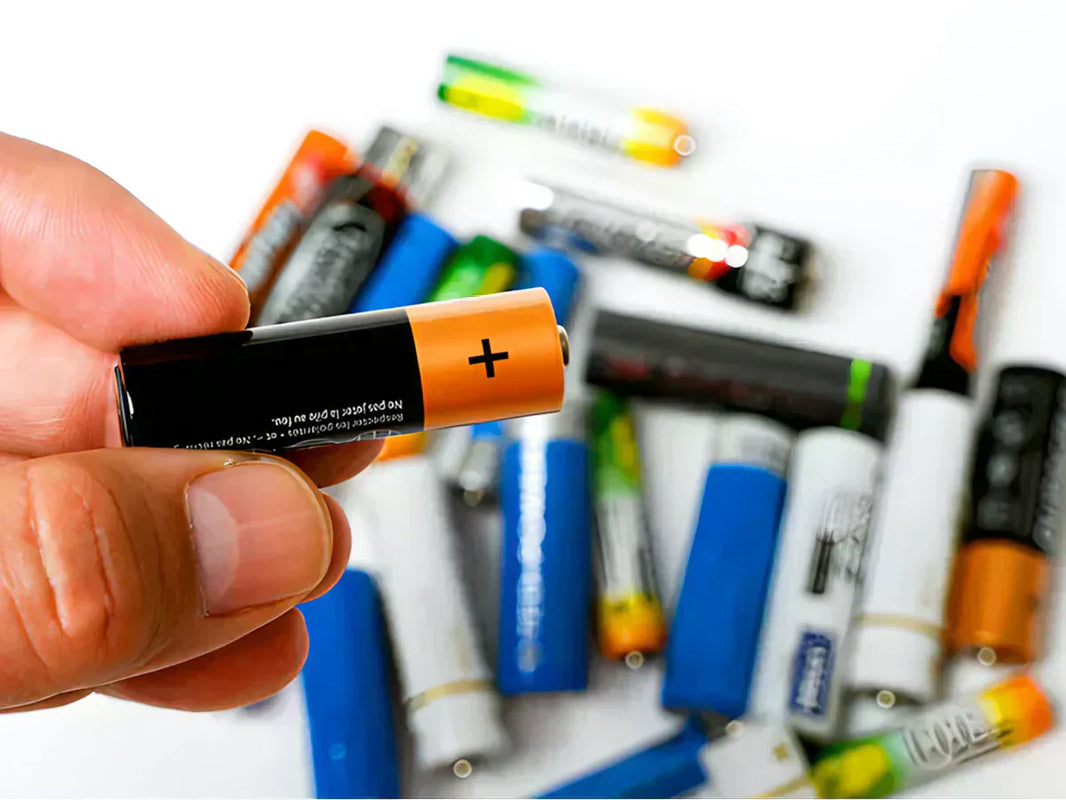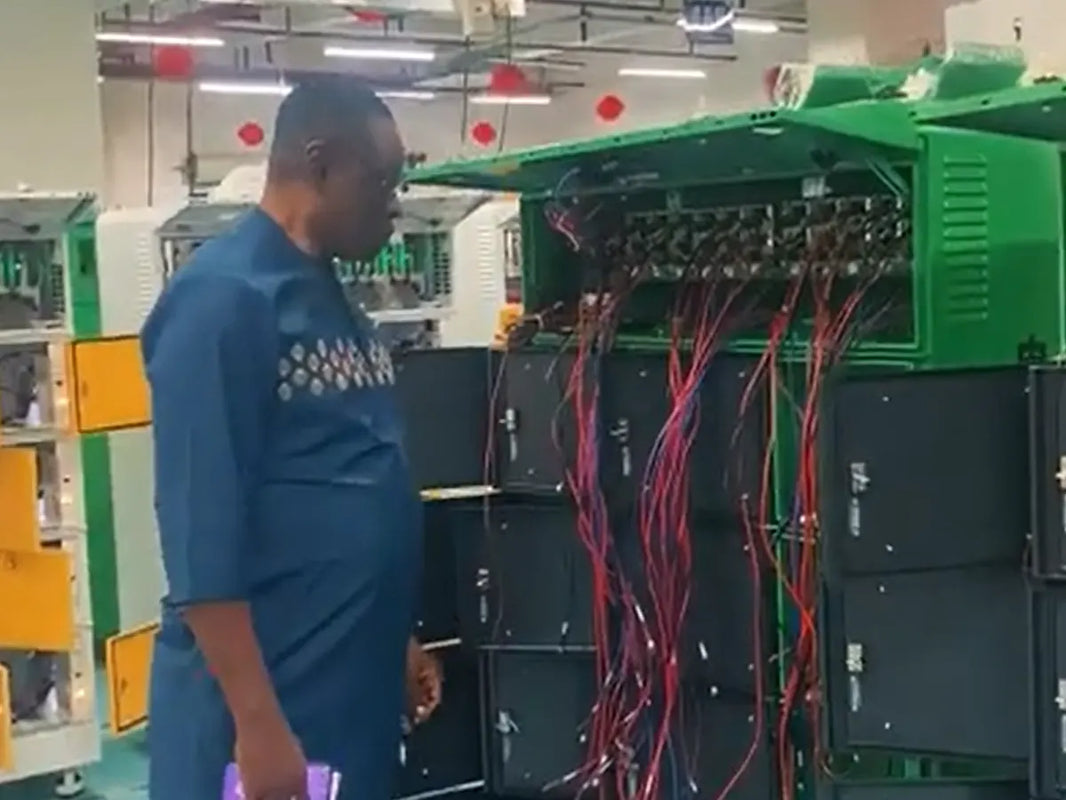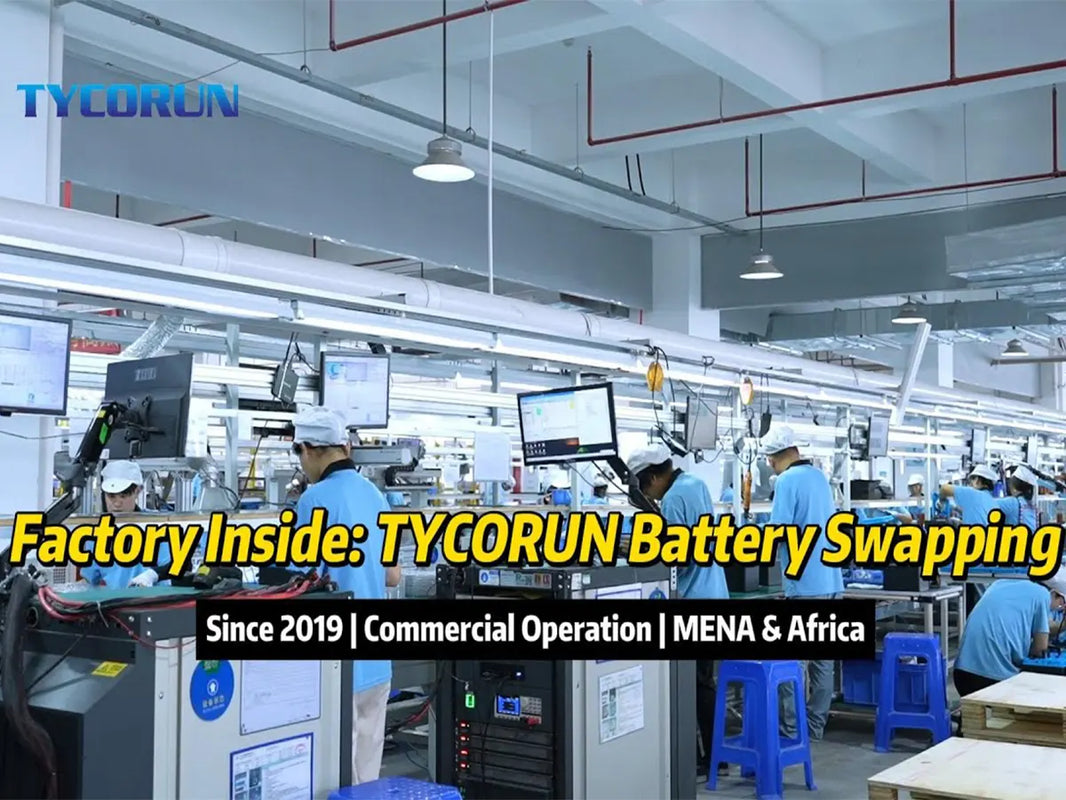
Main content:
- The History of Battery Swapping for Electric Motorcycles
- How Battery Swapping Works?
- Is Battery Swapping Better Than Charging?
- Challenges with Traditional Charging
- Battery Swapping in Electric Motorcycles
- Benefits of Battery Swapping
- Global Adoption and Government Support
- Cost Comparison: Swapping vs Charging
- The Future of Battery Swapping
- Final Thoughts
- FAQs
As electric vehicles (EVs) take over the roads, one big debate continues — is battery swapping better than charging? For years, traditional charging has been the main way to power EVs. But today, as technology advances and cities demand faster, smarter solutions, battery swapping is emerging as a revolutionary alternative.
Imagine pulling up to a station, swapping your drained battery for a fully charged one in under two minutes, and continuing your journey. No waiting, no range anxiety. This vision is already becoming reality in many parts of the world — proving that battery swapping might truly be better than charging for the next generation of electric mobility.

The History of Battery Swapping for Electric Motorcycles
To better understand is battery swapping better than charging, let’s look at how this concept developed, particularly for electric motorcycles.
Battery swapping first appeared in the early 2010s, when companies like Better Place experimented with swap stations for electric cars. However, the high infrastructure cost and limited EV adoption caused early projects to fail.
The idea was revived in Asia, particularly in China, India, and Indonesia, where electric motorcycles and scooters are more common. Local startups and large energy companies began creating battery swap networks to support two-wheeler fleets, such as food delivery and ride-hailing services.
In recent years, companies like Gogoro, Sun Mobility, and TYCORUN have pushed the innovation forward. Their systems allow riders to exchange batteries at automated stations in seconds. This growth has reignited the debate — is battery swapping better than charging for electric motorcycle users?
Battery swapping now plays a vital role in regions with high urban density and heavy vehicle usage, where charging infrastructure might be limited or time-consuming.
How Battery Swapping Works?
Before diving deeper into whether battery swapping is better than charging, let’s clarify what it means.
Battery swapping is the process of exchanging a depleted battery for a fully charged one at an automated station. The system is fast, efficient, and designed for continuous operation — ideal for electric motorcycles, scooters, and delivery fleets. Check how does battery swapping work for more details.
Unlike charging, which can take hours depending on the charger type, swapping takes just a couple of minutes. The rider doesn't even have to touch the charger; the system handles everything automatically.
That’s why more EV users are now asking: is battery swapping better than charging for their daily needs?
Is Battery Swapping Better Than Charging?
Let’s explore the main reasons why experts and riders increasingly agree that battery swapping is better than charging for the future of electric transportation.
1. Instant Energy, Zero Downtime
Time is everything. Charging an electric motorcycle can take hours — even fast chargers need at least 30 minutes. With swapping, the process is complete in under two minutes.
This makes a massive difference for delivery riders, couriers, and commuters who can’t afford to stop and wait. The ability to keep vehicles running all day without interruption clearly shows why battery swapping is better than charging for real-world use.
2. Lower Upfront Costs
Battery swapping separates battery ownership from vehicle ownership. Users typically subscribe to a battery service instead of buying one outright.
This lowers the initial cost of purchasing an electric motorcycle and allows riders to pay only for energy usage. It’s an economical and scalable model — one that makes electric mobility more accessible to everyone.
In contrast, buying and maintaining your own battery can be expensive. With swapping, the operator takes care of maintenance, performance monitoring, and recycling — another reason why battery swapping is better than charging for long-term affordability.
3. Extended Battery Life and Reliability
Swap stations carefully monitor battery health using data analytics. Faulty batteries are detected early and removed from circulation, ensuring consistent performance and safety for users.
This kind of professional maintenance extends overall battery lifespan, reducing waste and improving sustainability. Meanwhile, individually owned batteries charged inconsistently may degrade faster.
From a quality and reliability standpoint, battery swapping is better than charging because it standardizes care and ensures every rider gets a healthy, well-maintained battery.
4. Supports High-Density Urban Mobility
In large cities, space is limited, and energy demand is high. Swap stations can serve hundreds of riders daily without needing large parking areas or long waiting lines.
Instead of plugging in and waiting for hours, riders simply swap and go. This system fits perfectly with smart city infrastructure and helps governments achieve cleaner, more efficient urban transport.
Read: The Advantages of battery swapping to understand more about its benefits
Challenges with Traditional Charging
Charging certainly has its place, but it comes with drawbacks that make swapping more appealing.

- Long Wait Times: Even fast charging requires users to stop and wait — not ideal for commercial users.
- Battery Degradation: Overcharging and overheating can reduce battery lifespan over time.
- Limited Charger Availability: In many developing regions, charging networks are still insufficient.
- Energy Peak Demand: Mass charging during peak hours strains the grid and increases costs.
Because of these issues, industries that rely on constant mobility — such as delivery, taxi, and logistics — are shifting their focus toward swapping. It’s no wonder that many conclude battery swapping is better than charging for professional applications.
Battery Swapping in Electric Motorcycles

Electric motorcycles are where battery swapping shines the most. Their compact, removable batteries make swapping seamless and quick.
Fleet-based businesses like food delivery, ride-sharing, and e-commerce logistics benefit the most. Riders can exchange batteries in minutes and return to work immediately, maximizing productivity and minimizing downtime.
TYCORUN, for example, has developed modular battery swapping solutions designed specifically for electric two-wheelers, ensuring compatibility, safety, and efficient energy management.
In this segment, there’s no doubt that battery swapping is better than charging, both from an economic and operational standpoint.
Global Adoption and Government Support
Countries like China, India, and Indonesia have embraced battery swapping as part of their EV policies.
In China, battery swapping stations have expanded rapidly thanks to government incentives. Meanwhile, in India, authorities are promoting standardization and offering tax benefits for swapping networks to accelerate adoption.
Even European nations are studying successful Asian models to develop efficient battery exchange infrastructure.
This growing global momentum highlights how battery swapping is better than charging for achieving fast, widespread EV deployment — especially in markets with heavy traffic and high vehicle utilization.
Cost Comparison: Swapping vs Charging
When analyzing is battery swapping better than charging from a financial perspective, both sides have trade-offs.
- Battery swapping reduces vehicle purchase costs since users don’t buy the battery. However, they pay a subscription or service fee.
- Charging requires owning the battery, which raises initial cost but can be cheaper long-term for low-usage drivers.
For commercial fleets or daily riders, battery swapping is better than charging because it maximizes time efficiency and operational productivity. For casual riders, charging remains more practical.
The Future of Battery Swapping
In today’s era, battery swapping is no longer limited to electric cars as it was when the idea first emerged. Now, the technology is being successfully implemented in two-wheeled vehicles, and recently, in three-wheeled vehicles such as Bajaj-Indonesia and TukTuk-Thailand. This development shows how adaptable and scalable the swapping concept has become across various forms of electric mobility.
Looking ahead, the future of electric transportation will likely rely on a hybrid model, where both charging and battery swapping systems coexist.
Battery swapping technology will dominate high-usage sectors such as delivery services, ride-hailing, and logistics, providing speed and efficiency for businesses that require constant vehicle operation. Companies like Tycorun are supporting this shift by offering a complete solution — including battery swap systems, custom battery swap cabinets, apps, battery management platforms, and even custom electric motorcycles — to meet the growing needs of modern electric mobility businesses.

Meanwhile, traditional charging will continue to serve as the ideal choice for personal and residential use, where convenience and lower daily mileage fit better with home charging setups.
As battery technology continues to evolve — with innovations like solid-state batteries promising higher energy density and faster charging cycles — the balance between swapping and charging will become even more refined. In the years to come, we may revisit the question “is battery swapping better than charging” with fresh insights, but one thing is certain: battery swapping is rapidly shaping the future of electric mobility.
Final Thoughts
So, after comparing both systems — is battery swapping better than charging?
The answer is a confident yes for most urban users, fleet operators, and electric motorcycle riders. Battery swapping eliminates range anxiety, minimizes downtime, and supports the expansion of sustainable energy infrastructure.
While charging remains practical for personal use and long-distance travel, the flexibility and speed of swapping make it the superior choice for modern city life.
As governments, companies, and consumers embrace cleaner transportation, battery swapping is better than charging not just in convenience — but as the key to accelerating global EV adoption.
FAQs
Does battery swapping extend battery life?
Yes. Battery swapping systems charge and maintain batteries at specialized facilities with smart monitoring tools that optimize charging cycles, helping extend battery life and keep each battery in top condition before reuse.
Is battery swapping safe?
Yes. Automated battery swapping stations follow strict safety protocols and advanced diagnostics to prevent short circuits, overheating, or faulty installations.
Is battery swapping better for the environment?
It can be. Swapping stations can optimize energy use, integrate renewable power sources, and recycle or repurpose old batteries efficiently, reducing overall environmental impact.
Who We Are
At TYCORUN, we specialize in lithium battery manufacturing and offer one-stop battery solutions. Since 2007, we’ve been committed to R&D, production, and sales of lithium battery packs, battery cells, and battery management systems (BMS). Our products cover a wide range of applications such as electric motorcycles, energy storage, and custom solutions. With over 15 years of experience and a strong global network, TYCORUN supports OEM/ODM services, provides technical support, and ensures quality with multiple certifications, including UN38.3, MSDS, CE, and UL. Contact Us to find your battery need.

Related Articles: Battery swap station site selection, Battery swapping station cost, Battery swapping stations business model

